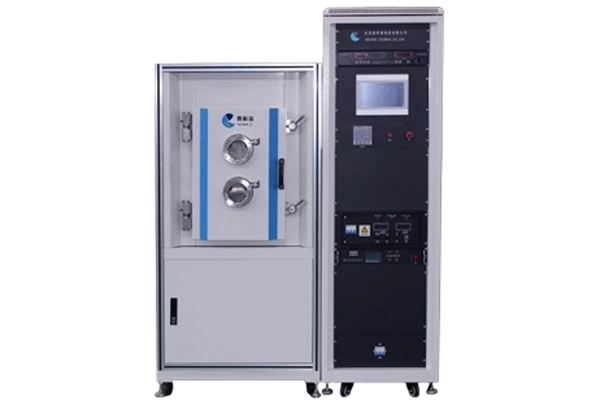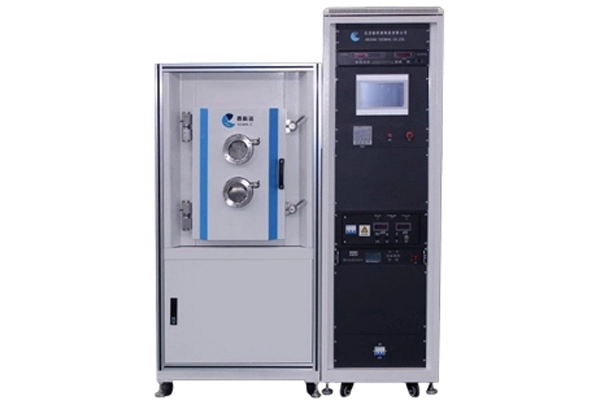Resistance evaporation source is a device that uses electrical energy to directly or indirectly heat film materials. Resistance evaporation sources typically use metals, oxides, or nitrides with high melting points, low vapor pressures, and good chemical and mechanical stability.
Prepared from materials such as tungsten, molybdenum, tantalum, high-purity graphite, aluminum oxide ceramics, boron nitride ceramics, etc.
The operation is relatively easy to understand and master, without the need for complex equipment and advanced technical requirements. It has a high sedimentation rate and can form a certain thickness of thin film in a relatively short time, improving production efficiency. It is possible to achieve good control over the composition and thickness of the film. By adjusting parameters such as the temperature and evaporation time of the evaporation source, the growth process of the film can be accurately controlled, thereby obtaining film properties that meet specific requirements.


Resistance evaporation, as an important thin film preparation technology, has a wide range of applications in various fields such as electronics, optics, decoration, and aerospace due to its unique advantages. In the electronics industry, it is used to manufacture semiconductor devices; In the field of optics, resistive evaporation can deposit thin films with specific optical properties; In the decoration industry, metal or non-metal thin films are deposited on the surfaces of various materials; In the aerospace field, it is used to prepare coatings that are resistant to high temperatures and corrosion, protecting key components of aircraft from harsh environments.